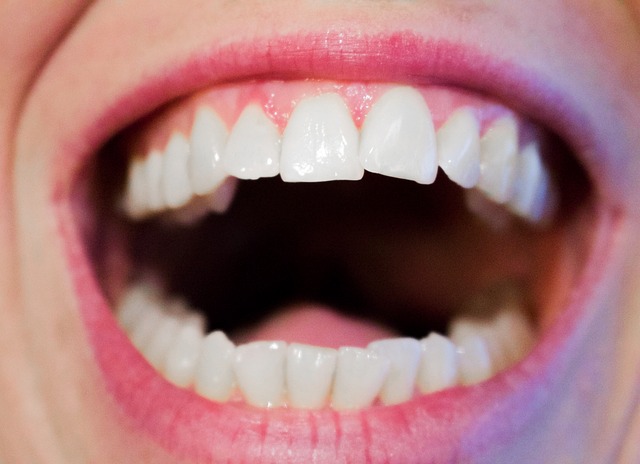Many periodontal patients who suffer from gum recession find gum grafting helps improve the appearance of the gums. Gum grafting can also reduce the symptoms of gum disease. If you have receding or damaged gums from periodontal disease, we’ll walk you through gum grafting.
How is gum grafting performed?
First, gum grafting is not as painful or scary as some believe it to be.
There are 3 methods to grafting gums:
SECT (Subepithelial connective tissue graft) graft
Connective tissue grafting is a standard method. The dentist cuts a sliver of skin on the roof of your mouth to remove the subepithelial connective tissue found underneath.
The connective tissue stitches onto the root-exposed gum tissue.
Sometimes, the dentists will use tissue found from a tissue bank if the patient doesn’t have sufficient tissue on the roof of their mouth for the procedure.
Some dentists provide patients with proteins to stimulate tissue growth.
Pedicle graft
The pedicle graft uses gum tissue from the area where the surgery is being performed. Following a small incision, gum tissue is pulled over the area and stitched.
Because only one place in the mouth has to be cut and stitched through the pedicle graft procedure, unlike in connective tissue grafting, this method is typically easier to heal from and is less painful post-surgery.
However, patients need enough gum tissue where the gums need surgery.
Free gingival graft
Like connective tissue grafting, free gingival grafting uses tissue from the palate. However, instead of cutting a sliver of skin on the roof of the mouth and using the tissue found underneath the skin, free gingival grafting instead takes the very top layer of tissue found on the roof.
Once cut, the tissue is stiched to the gums. Free gingival grafting is a method also likely to be used on patients who need gum enlargement surgery for their thin gums.
As mentioned, some dentists may even use tissue from a tissue bank instead of the roof of the patient’s mouth.
How can I keep my gums healthy?
Healthy gums are essential, not only to our oral health but also to general health. According to medical researchers, individuals with periodontal diseases are at higher risk of developing cardiovascular disease and respiratory infections.
Take care of your gums by observing proper oral hygiene and not subjecting it to factors that can increase the likelihood of gum disease like smoking.
You can also consult your dentist for possible measures to achieve healthy gums.

